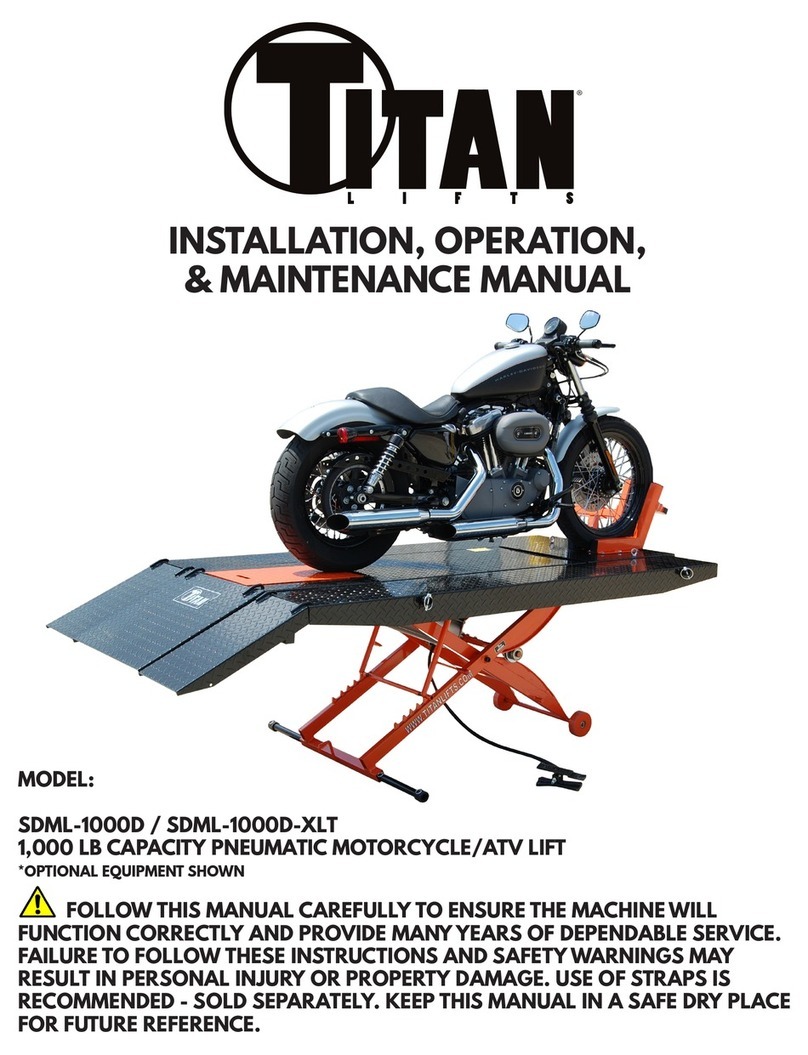
CONTENTS
1-SAFETY .....................................................................................................................1
1.1 INTRODUCTION........................................................................................................................ 1
1.2 SAFETY INSTRUCTIONS FOR COMMISSIONING...................................................................... 1
1.3 SAFETY INSTRUCTIONS FOR OPERATION............................................................................... 1
1.4 SAFETY INSTRUCTIONS FOR MAINTENANCE ......................................................................... 3
1.5 RISKS....................................................................................................................................... 3
2-UNPACKING & SET-UP...............................................................................................4
2.1 DELIVERY AND CHECK OF PACKAGES ..................................................................................... 4
2.2 LIFTING AND HANDLING.......................................................................................................... 4
3-SPECIFICATIONS ......................................................................................................5
4-FLOOR REQUIREMENTS ............................................................................................6
4.1 SELECTING THE SITE AREA ..................................................................................................... 6
4.2 FLOOR REQUIREMENTS ........................................................................................................... 6
4.3 ANCHORING TIP SHEET........................................................................................................... 7
5-INSTALLATION INSTRUCTIONS................................................................................8
ASSEMBLY VIEW............................................................................................................................ 8
POWER UNIT LOCATION ................................................................................................................ 8
COLUMN & CROSSBEAM INSTALLATION ...................................................................................... 9
RAISING THE CROSSBEAMS ........................................................................................................10
RUNWAY INSTALLATION ..............................................................................................................10
CYLINDER AND CABLE INSTALLATION ........................................................................................10
POWER UNIT INSTALLATION........................................................................................................12
ROUTING HYDRAULIC HOSE.........................................................................................................12
LIFT START UP / FINAL ADJUSTMENTS.......................................................................................12
ANCHORING THE COLUMNS.........................................................................................................13
FINAL ASSEMBLY .........................................................................................................................15
LEVELING/SYNCHRONIZING.........................................................................................................15
BLEEDING .....................................................................................................................................16
6-OPERATION INSTRUCTIONS...................................................................................17
6.1 DEFECTS/MALFUNCTIONS .....................................................................................................17
6.2 CONTROLS..............................................................................................................................17
6.3 OPERATION............................................................................................................................18
7-MAINTENANCE........................................................................................................19
7.1 MAINTENANCE SCHEDULE .....................................................................................................19
7.2 MAINTENANCE BY OPERATOR ...............................................................................................21
7.3 CLEANING ...............................................................................................................................22
7.4 TROUBLESHOOTING GUIDE ....................................................................................................22
8-DIAGRAMS & PARTS LIST .......................................................................................28
8.1 PARTS LIST.............................................................................................................................33






























